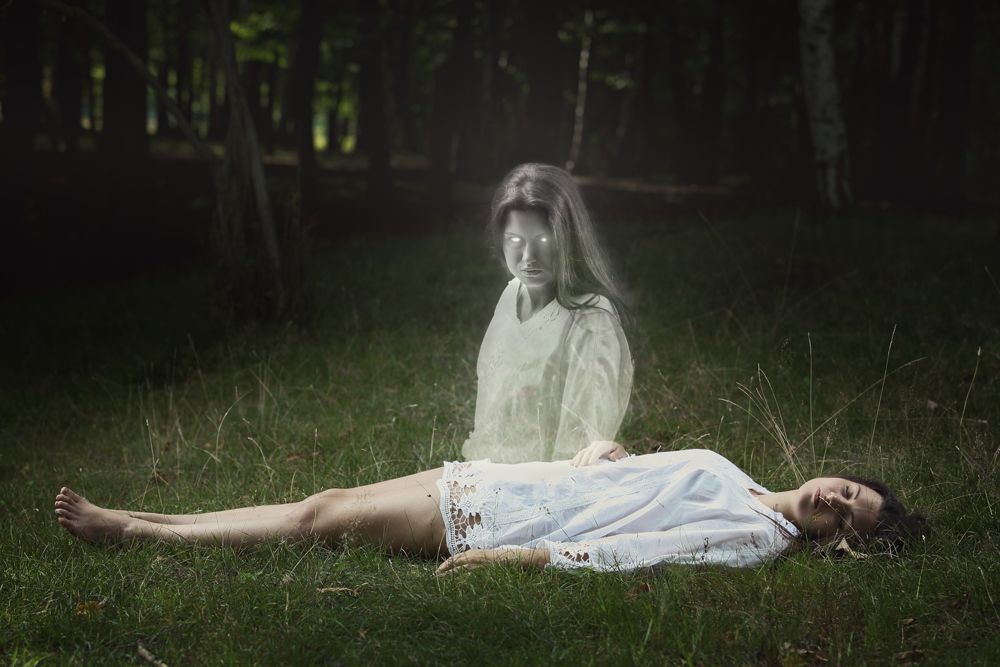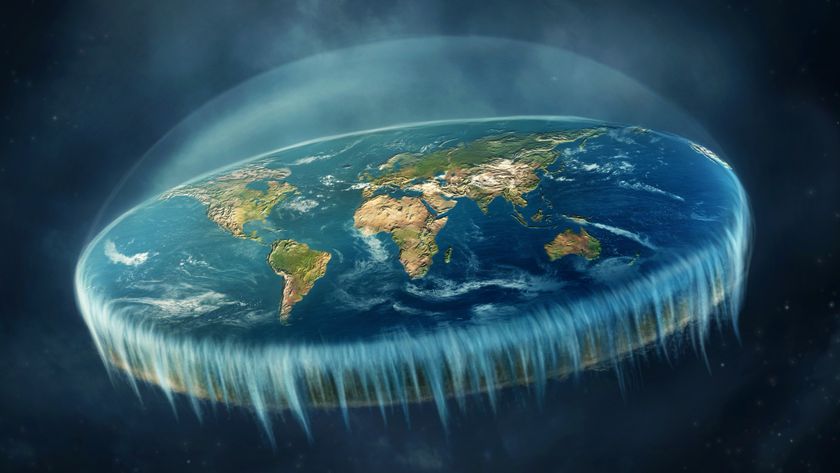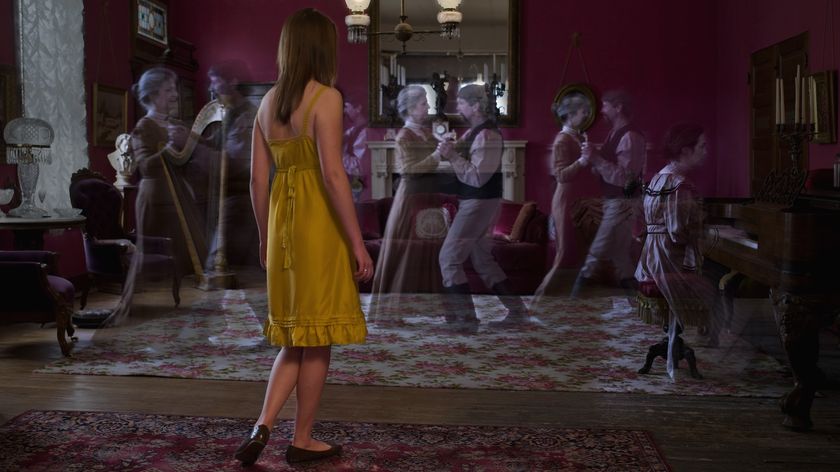Why Evidence for the Paranormal Doesn't Improve

It seems that every month or two some new piece of evidence surfaces that promises to shed light on an unexplained mystery: A miraculous healing story here, a Borneo river monster photo there. Yet like the proverbial carrot before the donkey, final evidence is always in sight but never obtained.
For decades, UFO buffs have claimed that conclusive proof of alien life is just around the corner. They believe that the "truth will be revealed" — either by extraterrestrials finally making themselves known (a visit to the White House lawn or Times Square might be on the agenda), or by the world's governments ending their conspiracy of silence and letting the public see the real evidence and alien bodies they've had on ice since 1947.
For decades, New Agers have heralded the coming of, well, a New Age. Some may remember the "Harmonic Convergence" that took place in August 1987, when thousands of people gathered at supposedly sacred sites around the world (including Stonehenge and the Golden Gate Bridge) to help usher in a global era of peace, brotherly love, and unity. Unfortunately — despite two days of song, prayer, and dancing — the world's wars, genocide, terrorism, and catastrophe have continued unabated.
Time and again, conclusive evidence is promised and fails to materialize; in fact it follows a predictable pattern. First, a non-scientist or layperson claims to have discovered some important new piece of evidence (such as the discovery of Noah's Ark on Mt. Ararat in Turkey or the discovery of a Bigfoot track). News media then pick up and broadcast the story, sensationalizing it in the process. Then, as public interest mounts, the original promoters promise that scientists will examine the evidence and prove their claims.
You might think that the next step is that scientists examine the evidence and then hold a press conference to announce that the existence of UFOs, Bigfoot, psychic powers, etc. has finally been verified.
But that doesn't happen. Instead, the claims just fade away. Sometimes the evidence turns out to be hoaxed (such as the "Bigfoot body" reported in Georgia, or the New Jersey UFO lights case). More often, the evidence is not faked, it is simply ambiguous and open to a variety of interpretations. Nothing comes of the story because nothing can be determined from the evidence.
A case in point is the Yeti (Bigfoot) tracks found in 2007, by Josh Gates, host of the Sci Fi series "Destination Truth." Gates couldn't figure out what made a few strange tracks in the Himalaya mountains, and assumed it must have been a Yeti. The discovery made international news (aided by the publicity arm of the TV show), and the tracks were sent to the United States to be examined by top scientists. And what became of the footprint, touted as elusive hard evidence for the existence of the Yeti?
Sign up for the Live Science daily newsletter now
Get the world’s most fascinating discoveries delivered straight to your inbox.
As usual, the story began with a bang and ended with a whimper.
The best preserved track that Gates found is not being studied by scientists at the Smithsonian. It is not the subject of scientific scrutiny, with results being published in a peer-reviewed science journal.
No, the much-hyped, long-awaited solid evidence of the Yeti is currently on display at Disney World.
Benjamin Radford is managing editor of the Skeptical Inquirer science magazine. His books, films, and other projects can be found on his website. His Bad Science column appears regularly on LiveScience.












